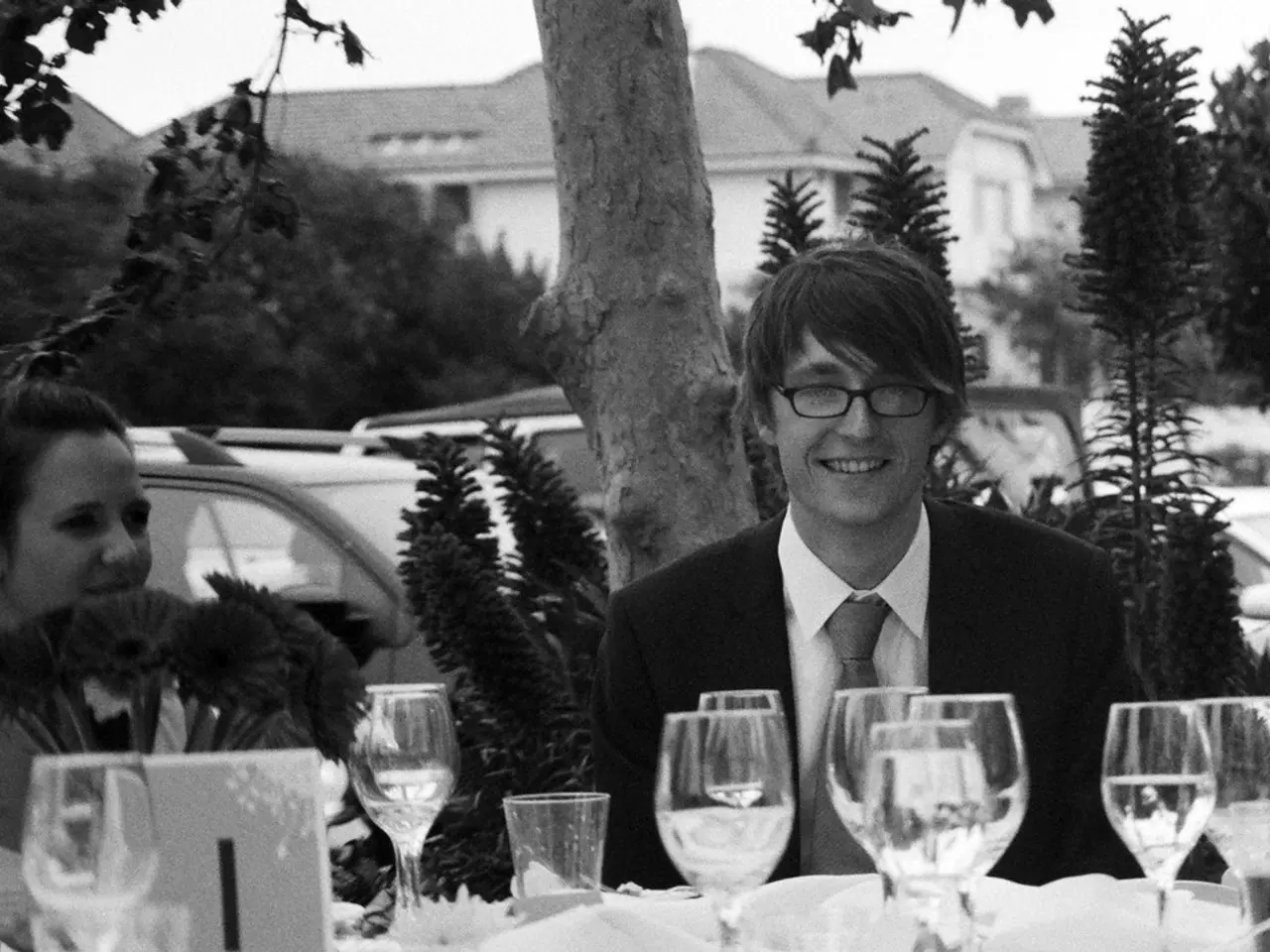mastering the art of decluttering alone may not be sufficient for maintaining a tidy living space.
In a revelatory moment, a speaker discovered that the environment plays a powerful role in shaping their perception bubble. This realization came after a significant life event that burst their own bubble, leading them to re-evaluate their life trajectory. The speaker, who was always rushed, losing and forgetting things, and experiencing a baseline of stress, frustration, and exhaustion, became obsessed with absolutely loving their life.
The speaker's journey led them to a major crossroads almost 10 years ago. They began to question their routines and priorities but found it hard to make real change. However, they persevered and developed a holistic method for decluttering their home that supports a healthier, happier lifestyle.
The process of becoming clutter-free is only 20% physical, with the remaining 80% being emotional and mental. Therefore, the speaker advocates for a holistic method of decluttering and creating spaces, considering physical, mental, emotional, social, intellectual, and spiritual aspects.
To create a holistic method for decluttering your home, approach the process as a thoughtful, personalized transformation that addresses both your environment and well-being. Here are seven steps to guide you:
1. Assess Your Needs and Lifestyle: Start by deeply understanding your unique needs, daily routines, and how your home can better support your life goals and happiness. Reflect on challenges in specific areas or times of the day and what you want your home to feel like or function as.
2. Adopt a Human-Centered, Intuitive Process: Work through decluttering by focusing on one category or room at a time, considering not just what to remove but creating spaces that feel right for you. Use intuitive decision-making about what to keep—prioritize items you love or that serve a genuine purpose.
3. Let Go of What No Longer Serves You: Gently but decisively release excess belongings, such as clothes that don’t uplift you or items that create excess clutter and stress. This not only frees physical space but also emotional and mental energy, allowing calm and clarity into your life.
4. Organize for Sustainability and Health: Design organizational systems that are intentional and sustainable, minimizing clutter buildup. Use strategies like sorting frequently used items for easy access and storing the rest away. Choose healthy storage options, such as glass containers over plastic, to reduce toxins in your home environment.
5. Support Detox and Self-Care Practices: Decluttering can extend beyond just physical items to reducing toxins and improving air quality. For example, prioritize rooms like the bathroom for detoxifying efforts such as using shower filters and adding air-purifying plants. Establish self-care corners to promote relaxation and wellness within your home.
6. Establish Sustainable Habits and Systems: Instead of one-time purges, develop rituals and systems that encourage ongoing maintenance and mindful consumption. Use assessments to understand emotional or practical reasons for clutter and design solutions tailored to prevent overwhelm and digital or physical clutter.
7. Mindful Disposal and Giving Back: Donate items in good condition to charities to extend their life and benefit others. Recycle or responsibly dispose of what cannot be reused, creating an ethical and environmentally conscious decluttering approach.
By integrating these steps, you create a holistic, empowering decluttering method that transforms your home into a peaceful sanctuary that nurtures both your physical health and emotional well-being. The speaker's space should be designed to be a support system, not just clutter-free.
The speaker encourages readers never to give up on becoming the best version of themselves. They express gratitude for the readers' time and invite them to leave comments below to make the post a two-way conversation. Learning to declutter is not enough on its own; it's the holistic benefits that lead to the supportive haven desired.
- The realization that the environment significantly influences one's perception bubble came after a life-altering event for the speaker, prompting them to reevaluate their life trajectory.
- The speaker, plagued by stress, forgetfulness, and a constantly rushed life, became determined to absolutely love their life.
- As part of their journey, the speaker discovered that decluttering their home was key to fostering a healthier, happier lifestyle.
- The speaker's approach to decluttering prioritizes the home's physical, mental, emotional, social, intellectual, and spiritual aspects for a holistic transformation.
- Deep understanding of one's unique needs, daily routines, and life goals is crucial in organizing a home to better support happiness and well-being.
- Intuitive decision-making about what to keep during decluttering is essential for creating spaces that feel right and resonate with one's personality.
- Sustainable organizational systems should minimize clutter, make frequently used items accessible, and incorporate healthy storage options for reduced toxins.
- The speaker advocates for detoxifying efforts and self-care practices within the home to promote a supportive environment that nurtures physical health and emotional well-being.




